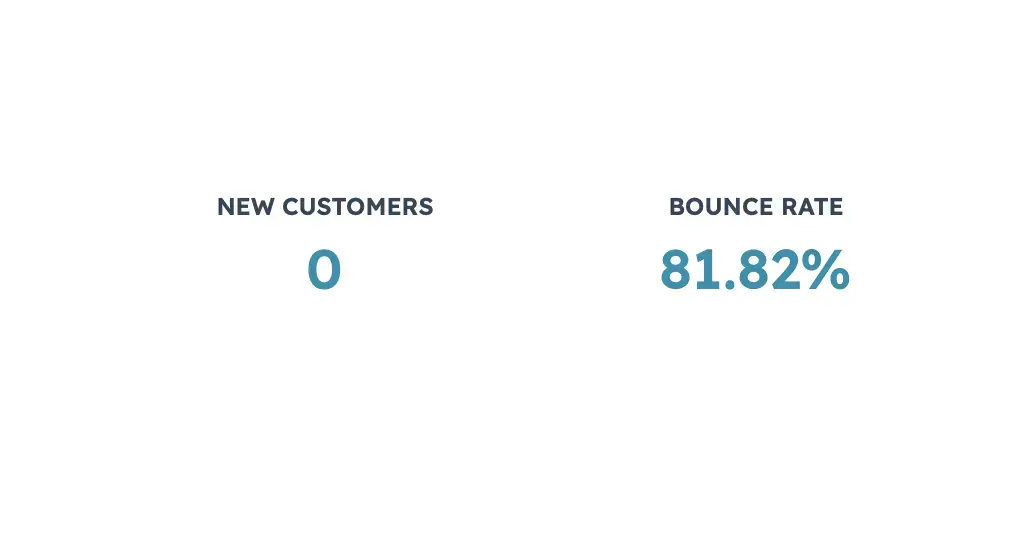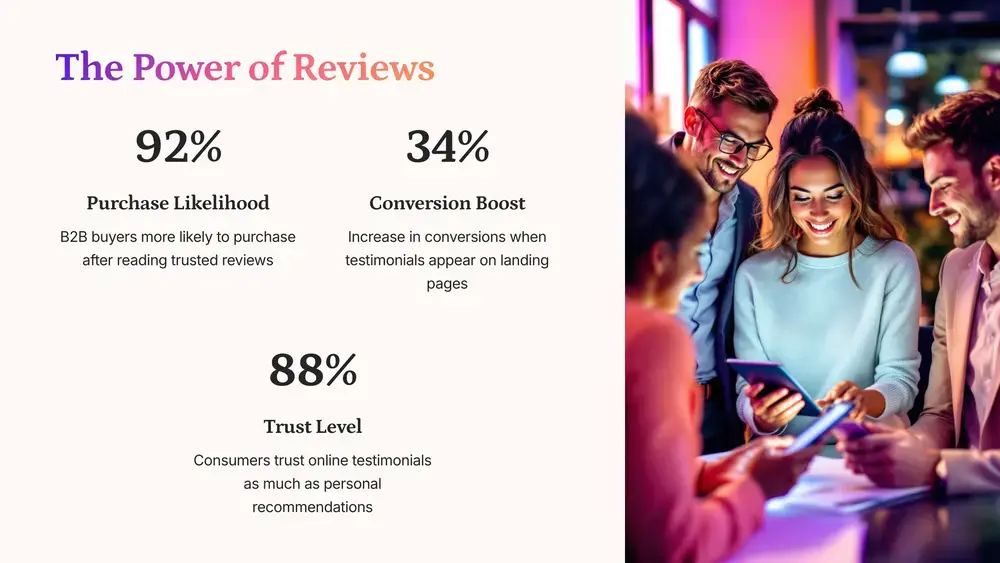SaaS Website Bounce Rate Audit: Boost Conversions & Cut CAC

Share this post
Executive Summary
Key findings:
- High bounce rates directly inflate Customer Acquisition Costs by wasting marketing spend on visitors who leave immediately
- Different page types have different acceptable bounce rate ranges (blogs: 70-90%, landing pages: 60-90%, B2B sites: 25-65%)
- Bounce rates signal fundamental disconnects between your marketing promises and website delivery
- Comprehensive website audits can identify specific causes and provide prioritized, actionable solutions
- Addressing high bounce rates is not just troubleshooting—it's a proactive growth strategy that enhances conversion, lead generation, and ROI
Beyond the Bounce: What SaaS Leaders Need to Know
Bounce rate—the percentage of visitors who leave after viewing just one page—remains a critical but often misunderstood metric for SaaS businesses. While it's a blunt instrument without custom event tracking, bounce rates can reveal serious issues affecting your business growth.
Context Matters: Benchmark Wisely
The SaaS industry median bounce rate sits around 44%, with broader averages between 26-70% across all industries. However, these figures mean little without context:
- Blog/content pages: 70-90% bounce rates are normal
- Landing pages: 60-90%, though some sources suggest 25-55%
- B2B websites: 25-65% (under 30% considered excellent)
- Service pages: 10-30%

Rather than obsessing over industry benchmarks, establish internal baselines and track changes over time, segmented by page type and traffic source. A rising bounce rate on a pricing page should concern you more than a consistently high bounce rate on a blog post.
The Real Business Impact
High bounce rates create three significant problems for SaaS businesses:
- Conversion drain: When visitors bounce, they never enter your funnel, directly suppressing lead generation and conversion rates. This is particularly damaging when bounces occur on mid-funnel pages like feature descriptions or pricing pages—these represent lost qualified interest, not just lost awareness.
- Inflated Customer Acquisition Costs: Every paid click that bounces is wasted spend. This directly increases your CAC and deteriorates your LTV
ratio, potentially indicating an unsustainable business model.
- SEO implications: While Google doesn't use bounce rate as a direct ranking factor, high bounce rates signal potential user intent mismatches that can harm your organic visibility.
Finding the "Why" Behind High Bounces
A comprehensive website audit is your diagnostic tool for uncovering the specific causes of high bounce rates:
- Technical audits identify speed issues, mobile usability problems, and broken functionality
- Content audits assess quality, relevance, and alignment with user intent
- UX/conversion audits examine navigation clarity, CTA effectiveness, and form usability
- Traffic analysis segments bounce data by source, device, and user demographics

Most critically, audits verify alignment between your marketing promises (in ads, meta descriptions, social media) and your actual on-page experience—a common disconnect in SaaS organizations.
From Insight to Action
The value of an audit lies in its ability to deliver a prioritized action plan:
- Address critical issues immediately (major technical errors, non-functional pages)
- Implement high-impact, low-effort fixes next (optimizing images, fixing broken links)
- Schedule more complex changes (navigation redesigns, content overhauls) strategically
The most effective audit reports connect findings to business outcomes—explaining how fixing specific issues will likely impact conversion rates, lead generation, and marketing ROI.
A Growth Strategy, Not Just Troubleshooting
Website audits should be positioned as proactive growth investments, not reactive problem-fixing. Regular audits ensure your website—the central hub of your entire marketing and sales operation—functions at peak performance, maximizing the effectiveness of all marketing activities that direct traffic to it.
By systematically identifying and removing barriers to engagement, you optimize your entire customer acquisition funnel, making your SaaS business inherently more efficient at converting interest into revenue.
In the competitive SaaS landscape, providing a seamless website experience can be a significant differentiator. Proactively investing in website optimization demonstrates to prospects that you value their time and experience—a message that influences purchasing decisions and builds trust in your brand.
Ready to fix the issues you are facing with your website?




